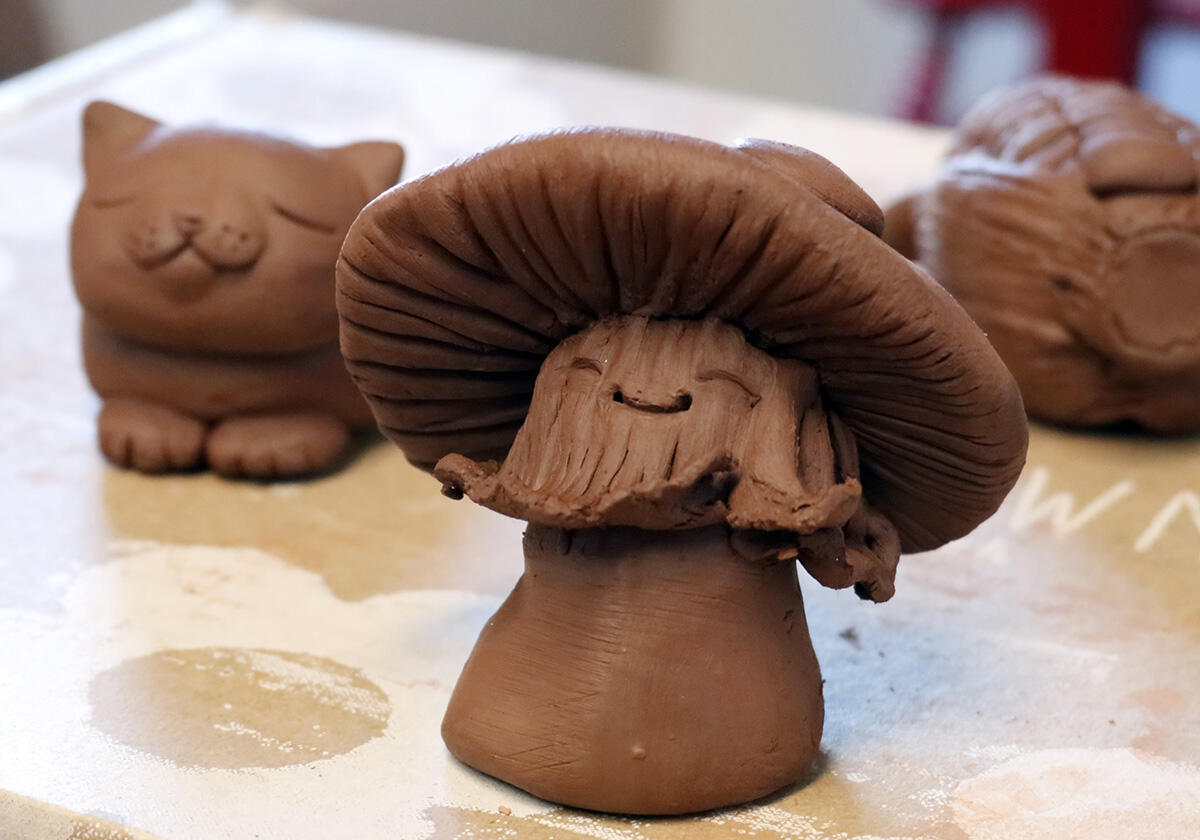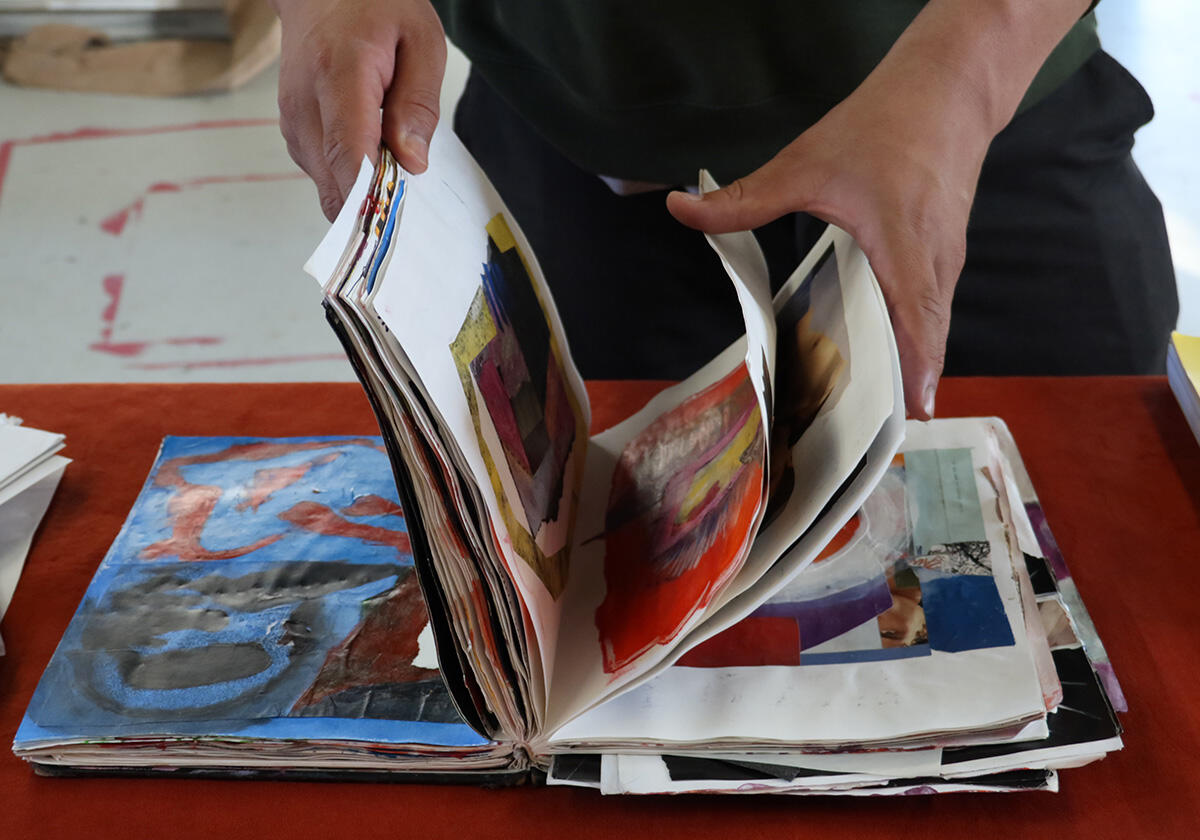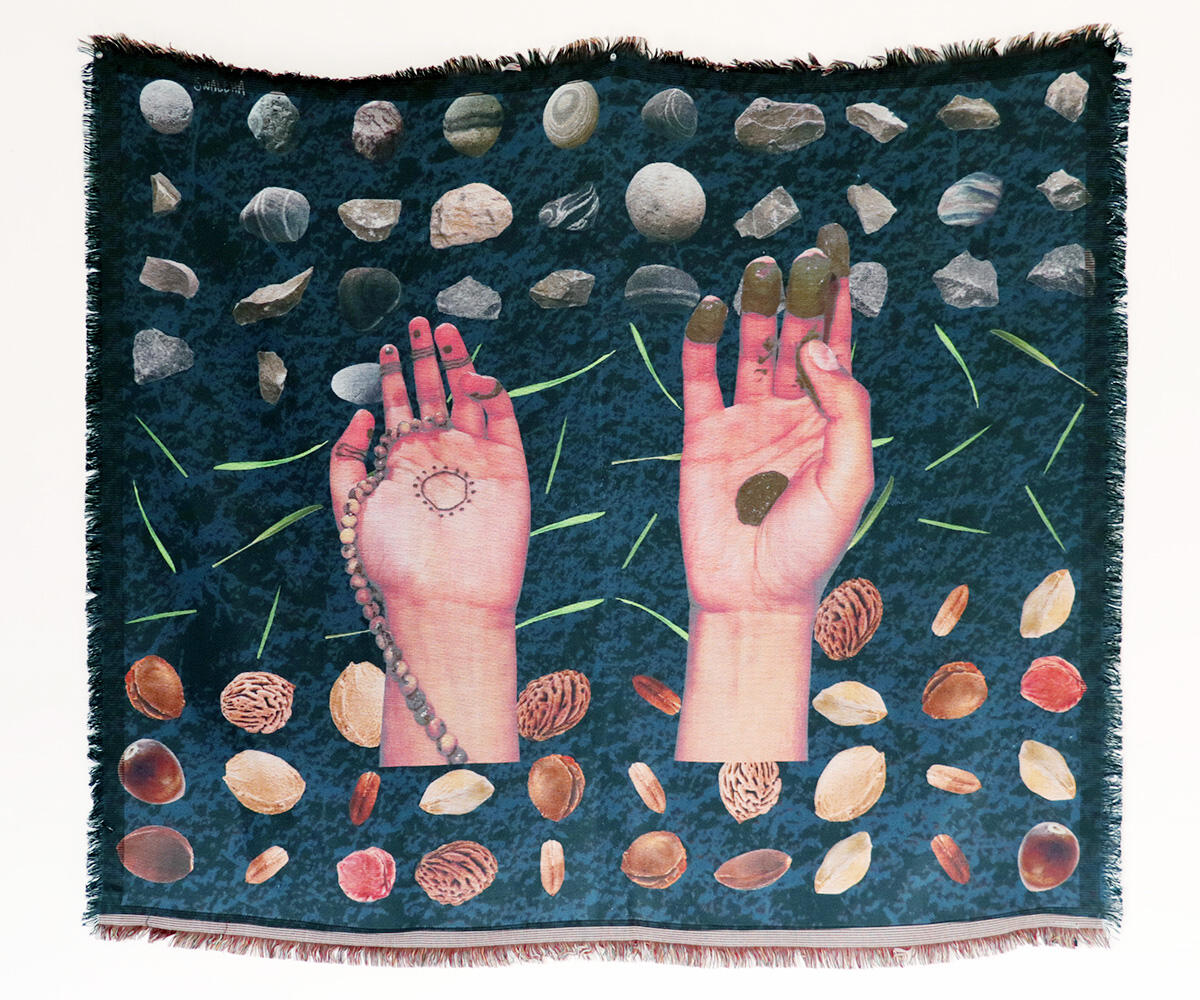
On a sunny Saturday in March, dozens of onlookers watched Jasmine Nyende charge, pull, twist, and duck under ropes held by six other performers. Nearby, portable speakers blared punk rock. Nyende’s performance — titled “Sankofa Moshpit” — was a joyful memorial to her late friend, Láwû. It was also one of the featured events during UC Berkeley’s MFA Open Studios.

















